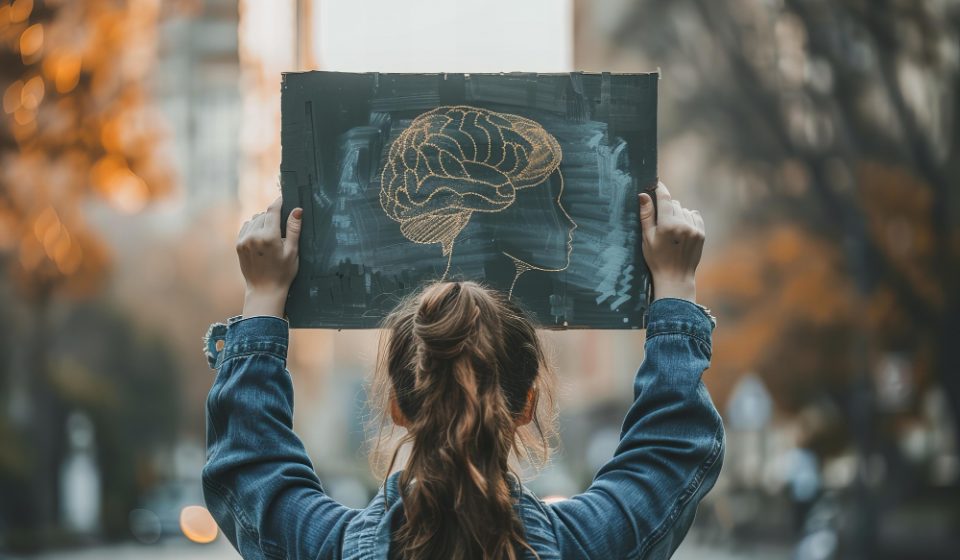
How Memory Decides What to Keep and What to Forget — A View from Modern Neuroscience
Memory, at first glance, feels like a simple mental filing system — some events stay vivid for years, while others dissolve within hours. Yet modern neuroscience reveals that remembering and forgetting are not passive outcomes of time, but active, dynamic processes orchestrated by competing neural systems, biochemical signals, and behavioral relevance. Our brains are not designed to remember everything; rather, they are exquisitely tuned to remember what matters most.
At the heart of this fine-tuned selectivity are several key players: the hippocampus, the amygdala, and the prefrontal cortex. The hippocampus, often described as the brain’s “memory librarian,” decides where and how new experiences are stored. The amygdala acts as the emotional amplifier—ensuring that experiences rich in fear, joy, or surprise leave deeper imprints. The prefrontal cortex, responsible for executive function and attention, determines whether incoming information receives the mental spotlight or fades in the periphery of awareness.
Attention is the brain’s initial filter. Neuroscientists have shown through neuroimaging studies that when we pay focused attention to something—a face, a phrase, a moment—the associated neural circuits exhibit higher levels of activation, especially in regions responsible for encoding memory. This heightened activation facilitates long-term potentiation (LTP), a cellular process by which the connection between neurons strengthens with repeated activity. LTP has long been considered the cellular substrate of learning and memory.
However, emotional salience often trumps mere attention. The release of stress hormones like norepinephrine and cortisol, triggered during emotionally intense moments, instructs the amygdala and hippocampus to “tag” these experiences as important. From an evolutionary standpoint, this makes perfect sense: remembering the sight of a predator’s lair or the face of a trustworthy ally could mean the difference between survival and extinction.
Modern imaging techniques such as functional MRI and high-resolution electrophysiology have illuminated how the brain decides to retain or release memories. Instead of a static storage vault, memory behaves like a living archive—constantly rewritten, updated, or deleted. This flexibility, known as neuroplasticity, allows the brain to mold itself according to changing goals and environments. Memories that are reactivated—through rehearsal, emotional reflection, or contextual cues—are “reconsolidated,” effectively re-stored with potential modifications. Those that remain dormant often decay, their synaptic traces weakened to free cognitive resources for new information.
Interestingly, forgetting itself is not a sign of failure. Recent research led by cognitive neuroscientists suggests that forgetting is an adaptive feature. By pruning away irrelevant or redundant details, the brain preserves efficiency. This form of active forgetting, mediated by inhibitory neurotransmitters like GABA, ensures that outdated associations do not interfere with decision-making or learning. In a data-heavy world, mental efficiency has become just as vital as accuracy.
Sleep plays a surprisingly central role in this neural economy. During slow-wave and REM sleep, the hippocampus and neocortex engage in a rhythmic dialogue that helps convert fragile short-term memories into stable long-term ones. Studies show that neuronal firing patterns experienced during wakefulness are replayed during deep sleep—a process known as hippocampal replay. At the same time, unimportant or unreinforced memories are weakened or erased. In a sense, sleep is the brain’s nightly curation session, sorting yesterday’s events to determine what remains and what quietly exits the mental stage.
Social and cultural factors also weave into this neural narrative. Emotional relevance is not fixed; rather, it evolves. A childhood embarrassment once burned into memory might fade as adult priorities shift, while a seemingly ordinary conversation could resurface later when it aligns with new goals or perspectives. Memory, then, is not a single mechanism but a conversation between biology, emotion, and purpose.
To understand why certain memories persist across decades while others vanish within hours, we must trace the full arc from cellular mechanics to emotional meaning. At the micro level, synaptic strength is the deciding factor. Each new memory engages a network of neurons whose connections are reinforced by patterns of activity and chemical signaling. Molecules such as glutamate, acting through NMDA receptors, trigger cascades that alter the physical structure of synapses, forming the basis of long-term storage. When experiences are replayed—through thought, conversation, or emotional recall—these circuits are strengthened further, solidifying them into what we perceive as part of our life story.
But raw synaptic power does not guarantee permanence. The brain evaluates each experience through a lens of survival value and predictive utility. Memories that help forecast future outcomes—how to navigate a social interaction, solve a problem, or avoid danger—tend to persist. Those with negligible utility fade, sometimes subtly, sometimes dramatically, as the neural scaffolding that supports them is weakened through processes now understood as synaptic downscaling. This recalibration ensures that our cognitive architecture remains flexible, preventing overload in a world where sensory input far exceeds capacity.
The science of memory consolidation further deepens this picture. During sleep and periods of rest, fragments of memory are integrated with older knowledge, forming coherent narratives. Emotional and motivational systems influence which fragments receive priority during this offline processing. For instance, memories attached to personal goals activate dopaminergic pathways that enhance consolidation—an internal marker that says, “this is relevant for future use.”
On the other hand, neuroplastic recalibration underlies the brain’s remarkable ability to revise its own history. Experiments on memory reconsolidation show that when a stored memory is reactivated, it temporarily becomes unstable—open to modification before being “locked in” again. This fluidity allows memories to adapt to new contexts and emotional realities, reinforcing the notion that memory is a story continuously rewritten rather than a static recording of the past.
From a broader perspective, what modern neuroscience teaches us is that memory and forgetting are twin functions of adaptation. Forgetting protects us from paralysis by excessive detail; memory endows us with continuity, learning, and identity. Both rely on constant negotiation between the neural circuits that encode experience and the environmental demands that shape meaning.
In an information-saturated age, where attention is fragmented across endless stimuli, this biological wisdom carries profound implications. The human brain, like all evolved systems, is selective by necessity. It remembers not what is loudest or most frequent, but what is most relevant—emotionally, socially, and strategically.
Thus, memory is not a mere repository but a living algorithm—filtering, reframing, and refining our experiences into a coherent sense of self. And in this ongoing balancing act between synaptic strength and survival value, between remembering and letting go, lies the silent intelligence that guides the story of who we are and what, amid the flood of lived experience, we choose to hold on to.






